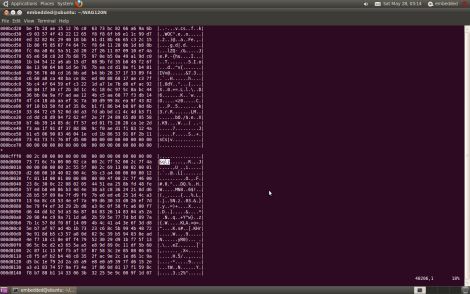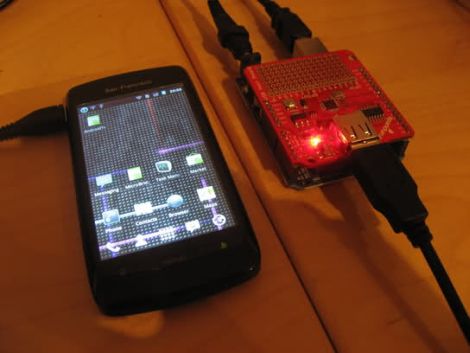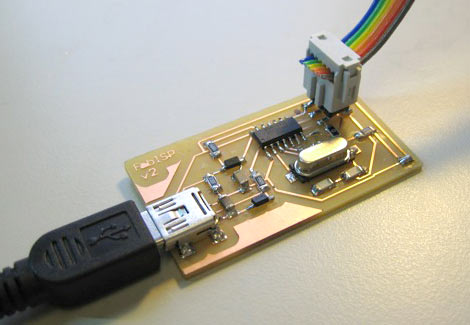
After about six weeks of testing [Yifanlu] has released a stable version of the Kindle 3 firmware for use with Kindle 2 hardware. Everything seems to be working just fine with the patched firmware. We immediately jumped to the conclusion that the upgrade must run pretty slow on the older hardware. [Yifanlu] addresses that assumption in his post. The Kindle 2 hardware is not as fast as the Kindle 3, but it sounds like the upgraded firmware is no slower than the stock firmware was on the older units.
Since the firmware is proprietary, the upgrade method requires that you own both Kindle 2 and Kindle 3. Three scripts will pull the firmware image from the older hardware, copy it over to the new hardware and patch it at the same time, then copy the fully patched package back to the old hardware for use.
After the break you can see a video of a Kindle DX running 3.1 firmware. There’s also a link to the Reddit post where commenters have linked to pre-compiled versions of the patched package.
Continue reading “Run Kindle 3 Firmware On Kindle 2 Hardware”
















